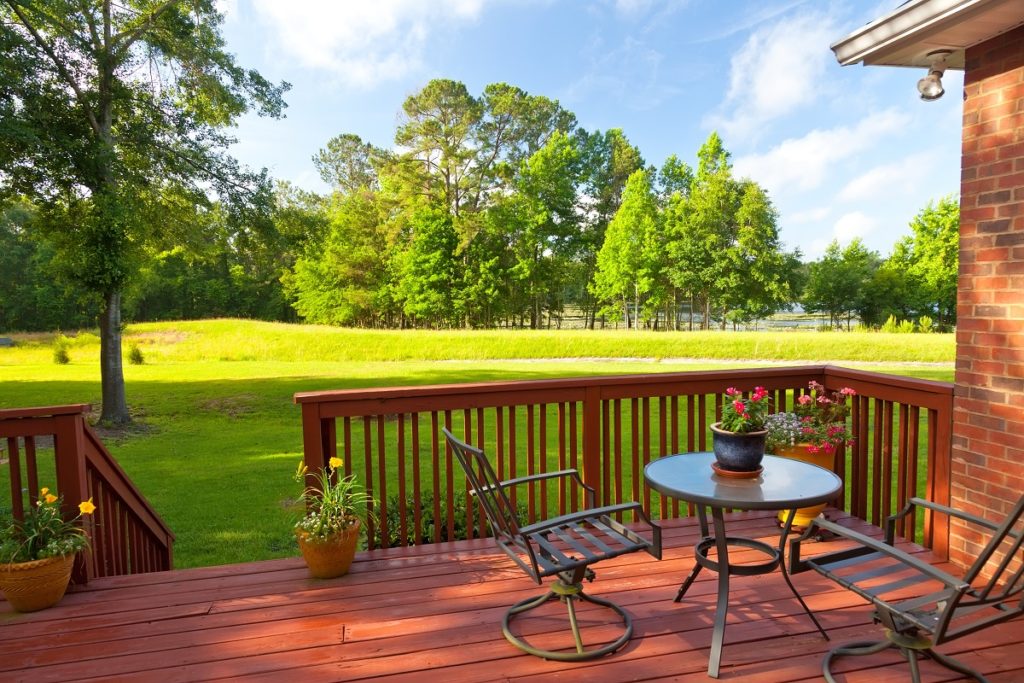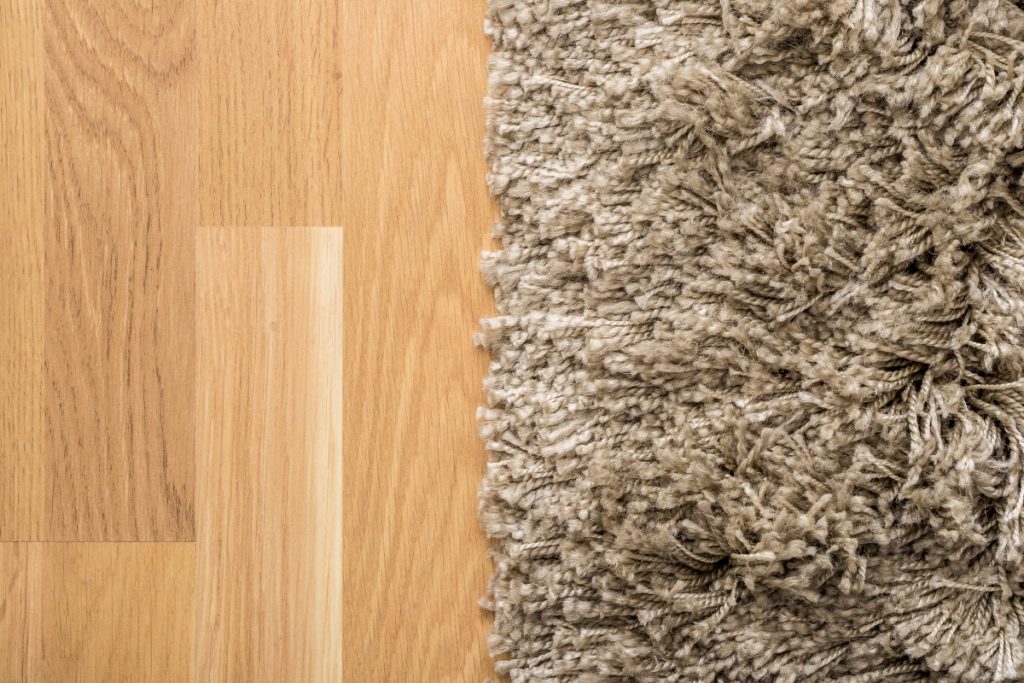- The U.K.’s freezing temperatures can cause discomfort and harm homes, mainly through frozen pipes and cracks.
- Cold weather can lead to drafts, heat loss, and damaged gutters due to accumulated snow and ice.
- Malfunctioning heating systems during winter may result from dirty filters and faulty thermostats.
- Handling cold weather involves efficient heating systems, proper insulation, winterizing homes, and regular maintenance.
- Regular maintenance, efficient heating systems, and insulation are vital for a warm, cozy home during winter.
The colder months bring homeowners challenges, one of the most significant being keeping their homes warm and cozy while the outdoor temperatures plummet. While everyone focuses on insulation and heating, many homeowners overlook the other ways the cold can affect their homes. Here’s what you need to know about the temperatures in the country, how they can affect your home, and ways you can deal with the cold weather.
Average Temperatures in The U.K.
The average temperature in the U.K. is estimated to be between 9 and 19 degrees Celsius. However, depending on your location, it can get much colder. In some areas, temperatures can drop to as low as -15 degrees Celsius! These freezing temperatures make homeowners uncomfortable and pose a risk to their home’s structure and systems.
Effects of Cold Weather on Your Home
The cold weather has various effects on your home. Here are some of those effects:
1. Frozen Pipes
One of the most common issues homeowners face during winter is frozen pipes. Low temperatures can cause your pipes to freeze and even burst, leading to severe water damage. To prevent this, you can install foam insulation on pipes in areas particularly prone to freezing. Leaving your faucets dripping overnight can help keep the water flowing and prevent the pipes from freezing.

2. Cracks and Leaks
The expanding and contracting properties of materials due to temperature changes can cause cracks and leaks in your home’s foundation, walls, and roofs. These cracks can lead to drafts, moisture buildup, and mold growth. To prevent this, you can caulk and seal any visible cracks or leaks and add extra attic insulation to maintain even temperatures.
3. Drafts and Heat Loss
Winter drafts can lead to heat loss, resulting in higher energy bills and an uncomfortable living environment. Many homeowners overlook leaking doors and windows, significantly contributing to heat loss. You can reduce the impact of drafts and heat loss by adequately sealing your windows and doors. Weather stripping or draft stoppers on doors and windows can seal gaps and keep the cold air out.
4. Damaged Gutters
As the snow and ice accumulate on your roof, the weight can cause damage to your gutters. The added weight, coupled with freezing temperatures that cause ice dams, can lead to damaged gutters and water damage. To avoid this, install heated gutter guards that melt any ice buildup or clean the gutters regularly to prevent snow accumulation.
5. Malfunctioning Heating Systems
It is common for heating systems to malfunction during winter as they work harder to keep your home warm. This could be due to dirty filters, faulty thermostats, or other issues. To prevent these issues, schedule regular maintenance and cleaning of your heating system to keep it functioning optimally during winter.
Ways to Deal With Cold Weather
Here are some ways you can deal with the cold weather and its effects on your home:
Heating Systems
You must have a reliable and efficient heating system to keep your home warm during the colder months. Consider upgrading to a more energy-efficient model that can save you money in the long run. Better yet, hire a local electrical central heating company. Central heating is an efficient and cost-effective way to heat your entire home. The company you hire can also provide regular maintenance and repairs to keep your system in top shape.

Insulation
Proper insulation is crucial for maintaining a warm and comfortable home during the winter. Ensure your walls, attic, and windows are insulated to prevent drafts and heat loss. If necessary, you can also consider adding extra insulation.
Winterizing Your Home
Winterizing your home involves taking various measures to protect it from the effects of cold weather. These measures include caulking and sealing any visible cracks or leaks, installing storm windows, and adding insulation to your attic.
Regular Maintenance
Maintaining your home’s systems and structure prevents issues during the colder months. This includes cleaning gutters, scheduling heating system maintenance, and sealing drafts. Inspecting your home for any potential issues and addressing them promptly is also important.
The cold weather can significantly impact your home if you’re not prepared. Understanding the effects of low temperatures and taking necessary precautions can keep your home warm and cozy while avoiding costly damages. Don’t overlook the importance of regular maintenance and investing in energy-efficient heating systems and insulation. With these measures in place, you can enjoy the winter season without worrying about the state of your home.


